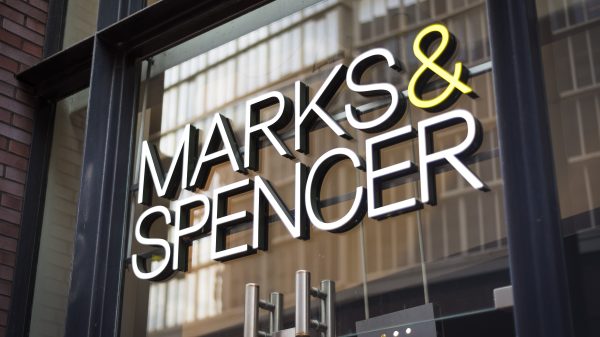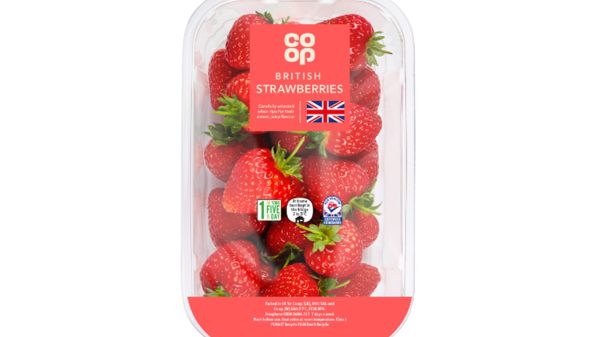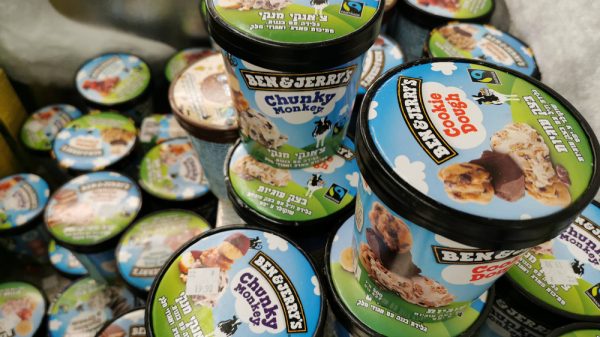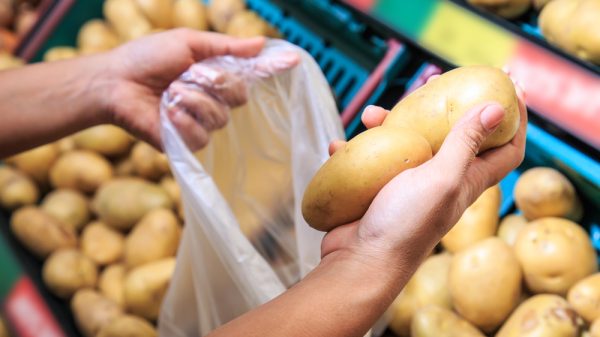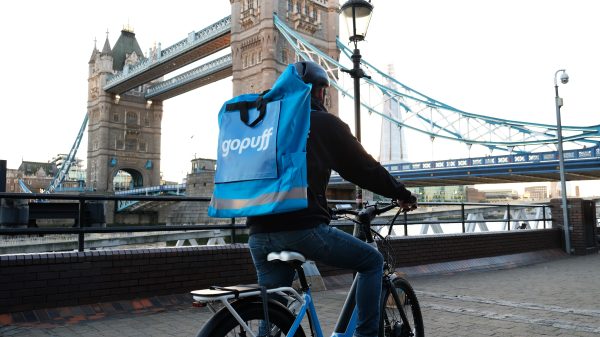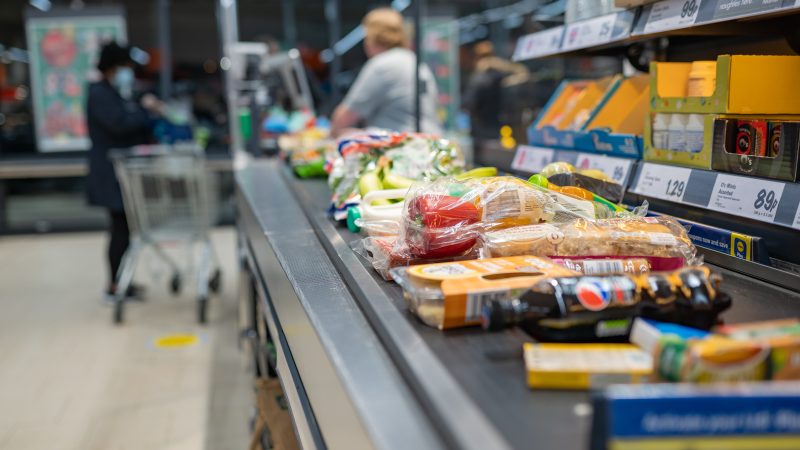Inflation rates have reached a 30-year high of 5.5%, according to the latest figures from the Office for National Statistics (ONS), with food and non-alcoholic drink prices rising by 4.3%, the largest jump in nearly a decade.
The data revealed that all food and drink categories are more expensive than a year ago, with the cost of household staples increasing significantly – pasta prices have risen 15% while margarine has soared by 37%, putting a squeeze on household budgets.
The prices of many oils and fats are around 15% higher, fruit prices grew by 6.9%, while the cost of coffee, tea and cocoa also jumped by 4.9%.
Further to this, the Bank of England has warned that consumer price inflation could peak at around 7.25% by April as surging energy prices filter through to consumers.
“Today’s continuing rise in the price of everyday food and drink is worrying – particularly for lower-income households,” said Food and Drink Federation chief executive Karen Betts..
“Food and drink manufacturers are working hard to keep prices down but are being hit hard by rising energy, ingredient and logistics costs, which for the moment show no signs of abating, alongside dealing with acute labour shortages.”
READ MORE: GG Investigates: What’s going on with food inflation?
Betts continued: “It’s becoming increasingly difficult for companies – large and small – to remain competitive and upcoming regulation is compounding the situation.
“This puts a premium on good collaboration between government and industry to guarantee that planned regulation is successful and does not place unnecessary burdens on businesses at an already challenging time.”
KPMG’s head of consumer markets Linda Ellett added: “As costs rise, consumers are having to decide whether each purchase is a priority to them, if they need to try to find it cheaper, and whether it has to leave the basket or be cancelled as a subscription.”
“While it’s a tough landscape for consumers, it’s also challenging for many businesses that sell to them, as they face their own inflationary pressures and decisions about whether and how to raise prices to cover costs, or to discount to try to hold market share and customer loyalty.”
It was also announced yesterday that wages failed to keep up with inflation last year. Average basic pay (excluding bonuses), rose by 3.7% per year in the three months to December, behind rising prices.
TUC General Secretary Frances O’Grady added: “If real wages keep losing value, families will spend less, business revenues will fall, and the recovery will be choked off.”
Click here to sign up to Grocery Gazette’s free daily email newsletter

